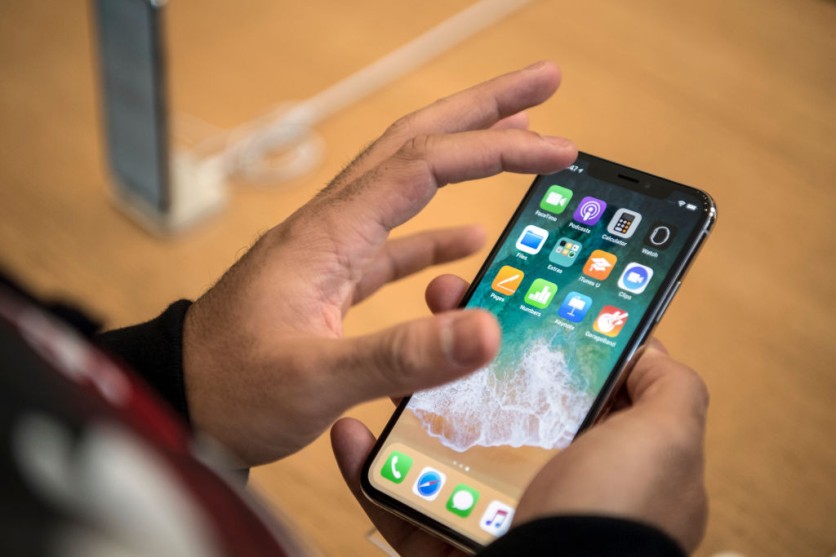Wireless charging room by the Japanese researchers experimented at powering up smartphones or any similar devices anywhere inside it without needing any cables or plugs.

As per ABC Science Australia, researchers from the University of Tokyo are envisioning the users of the wireless charging room to power up their devices as they enter, let's say, a restaurant or a lobby.
The wireless charging room could provide power to tons of devices, including lights, laptops, or any similar electrical devices.
The Japanese researchers published how they made a room a wireless charger in Nature Electronics on Monday, Aug. 30.
Wireless Charging Room
It is worth noting that wireless charging has now been the norm with flagship smartphones that were released recently. That said, the cableless tech is no longer something fascinating if you're updated with the latest trends.

However, this experiment by Japanese researchers turned a metal room into a whole wireless charging port.
As such, when folks enter it, their devices charge immediately in any part of it.
According to the published study, the wireless charging room could only power small appliances. Smartphones could be charged up to 50W as it is what the human safety guidelines only allow.
In addition, NewAtlas noted that this is not the first-ever wireless charging room that has been created.
For instance, Disney Research also shared their version of it last Feb. 21, 2017.
Nevertheless, the newest version of the charging room addressed the previous problems that Disney Research had previously encountered.
Read Also : Motorola Partners Up With Guru Wireless to Manufacture Phones With Wireless Charging Feature
Wireless Charging Room: How Does it Work
The wireless charging room is exceedingly different from an ordinary room.
An obvious exemption is its appearance.
The photos from the University of Tokyo showed a peek of it, and it looks like any other room you'll see. It does not look like a metallic space that you'll expect to see from a sci-fi movie franchise.
The technology that the Japanese researchers used is called the quasistatic cavity resonance, which was paired along with a lumped capacitor in the walls of the room.
With that, the magnetic field freely exists in the copper pole that sits in the middle of the charging room. It allows any part of it to provide wireless power, making sure that there are no dead spots.
What's more, the coil receivers that are found on smartphones, and even as simple as lightbulbs, connect to the magnetic field, thus powering various small devices.
During the test of the Japanese team, about 50% of the power delivery was present in 98% of the room.
Elsewhere, an Ex-NASA scientist is developing a wireless charger for EVs.
In other related news, another set of researchers are working on wirelessly charging smartphones via 5G connectivity.
This article is owned by Tech Times
Written by Teejay Boris




